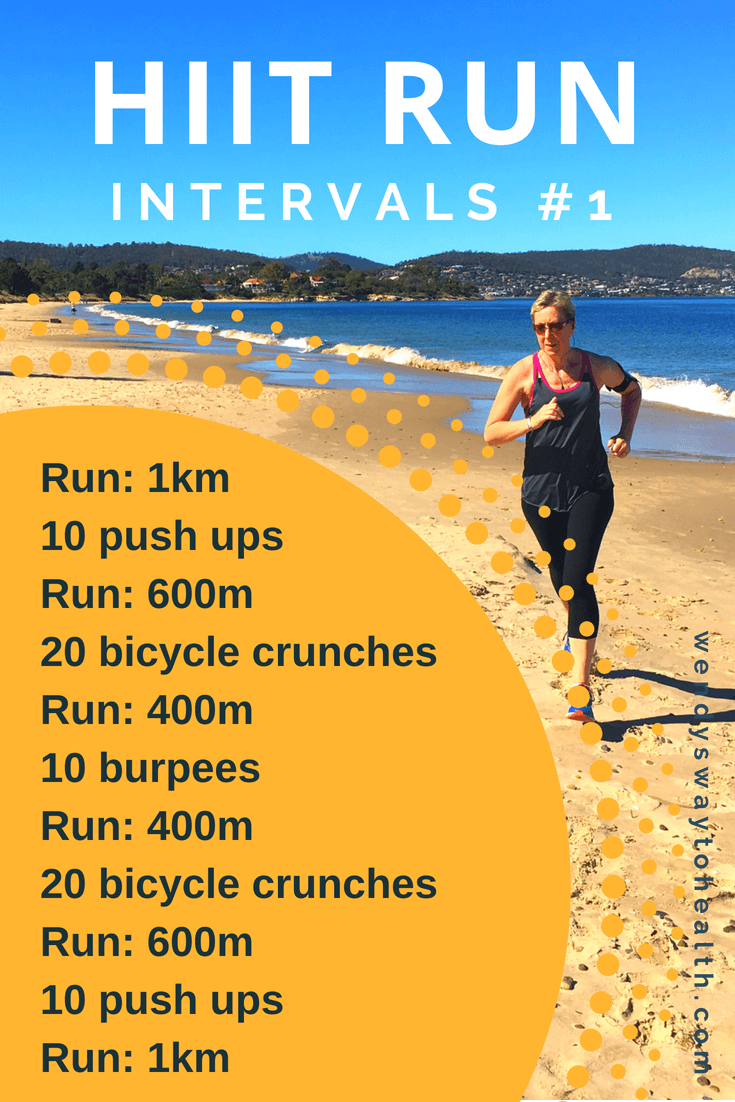Release Your Possible: Running Strategy Basics for Peak Performance
Release Your Possible: Running Strategy Basics for Peak Performance
Blog Article
Just How to avoid and Handle Pain in Operating: Professional Tips and Advice
The search of that jogger's high can sometimes be impeded by the unwelcome companion of pain. There exist proven techniques and skilled guidance that can help reduce and take care of these discomforts, permitting you to focus on the pleasure of running itself.
Significance of Correct Footwear
Appropriate footwear plays an important duty in protecting against and managing discomfort for runners, as it dramatically impacts their convenience, efficiency, and general foot health and wellness. When it pertains to running, putting on the right shoes can make all the distinction. Uncomfortable or inappropriate footwear can lead to a host of concerns such as sores, shin splints, plantar fasciitis, and a lot more serious injuries like stress fractures.
Selecting the correct operating shoes involves considering variables such as foot kind, gait technicians, running terrain, and personal choices. Runners with high arches may call for more cushioning and support, while those with flat feet may take advantage of stability footwear. In addition, understanding pronation (the inward rolling of the foot) and supination (the outside rolling of the foot) can help in selecting footwear that offer the appropriate level of arch support.
Investing in quality running shoes that are ideal for your private demands can help prevent discomfort and pain while boosting your running experience. Prioritizing proper footwear is not almost efficiency but additionally concerning protecting your foot health and wellness in the long run.

Effective Warm-up Strategies
Footwear choice is simply one facet of getting ready for a successful run; another critical component is carrying out reliable warm-up strategies to optimize efficiency and minimize the danger of injury. A dynamic workout routine before a run aids boost blood flow to the muscular tissues, boosts versatility, and improves the variety of motion of the joints. Dynamic stretches like leg swings, high knees, and hip circles are valuable in preparing the body for the physical demands of running. Gradually enhancing the intensity of the workout exercises can aid trigger the muscle mass and improve neuromuscular control.
In addition to dynamic stretches, including some light cardio exercises such as running or skipping rope can further raise the heart price and heat up the body. This combination of dynamic extending and light cardio aids loosen tight muscle mass, lubricate the joints, and emotionally prepares the runner for the upcoming exercise (running strategy). By making workouts a regular component of your running regimen, you can significantly reduce the threat of injuries and do at your best during each run
Key Extending Workouts
When planning for a run, integrating vital stretching exercises is important to boost muscle mass adaptability and prevent injuries - Read More. Dynamic extends such as leg swings, high knees, and hip circles are beneficial for heating up the muscle mass and enhancing variety of activity prior to a run. These movements assist boost blood circulation, loosen limited muscular tissues, and prepare the body for the task in advance
Fixed stretches like calf bone stretches, hamstring stretches, and quadriceps stretches must follow a go to help in muscle mass recovery and avoid rigidity. Holding each stretch for 15-30 secs enables the muscle mass to relax and lengthen, decreasing the risk of post-run soreness and potential injuries.
Additionally, including yoga presents like descending canine, pigeon pose, and spinal twists can target multiple muscle mass teams simultaneously, advertising general flexibility and strength. Regular extending regimens not just improve performance yet also aid in maintaining excellent running form and stopping overuse injuries. Bear in mind, appropriate stretching techniques are essential for a risk-free and delightful running experience.
Healing and Rest Techniques
After completing a run, applying reliable healing and rest methods is essential for taking full advantage of performance and minimizing the threat of injuries. In addition, incorporating remainder days right into your training schedule is vital to protect against overuse injuries and burnout.
Energetic recuperation techniques such as gentle extending, foam rolling, and yoga exercise can aid boost circulation, lower muscle mass soreness, and improve adaptability. It is likewise beneficial to prioritize hydration and nourishment post-run to replenish electrolytes, glycogen stores, and promote muscle mass recuperation.
Cross-training activities like swimming or biking can supply a break from the repeated impact of running while still preserving cardiovascular fitness - running strategy. Paying attention to your body and identifying when it requires a break is vital to stop persistent injuries and making certain long-term running success. Bear in mind, rest is not an indication of weakness however an essential component of an all-around training routine
Cross-Training Perks
:max_bytes(150000):strip_icc()/effective-30-minute-running-workouts-2911891-0927-70272e09ac83449cadb9f1ce51656c0c.jpg)
It allows you to work on various facets of fitness that may not be targeted entirely via running, leading to a much more well balanced and versatile athlete. In addition, cross-training can assist boost running efficiency by addressing muscular imbalances and weaknesses that might prevent performance.
Verdict
To conclude, appropriate shoes, workout strategies, extending exercises, recovery approaches, and cross-training are essential parts in stopping and taking care of discomfort in running. By including these methods right into your regimen, you can minimize the danger of injury and discomfort while maximizing performance and pleasure of the sport. Read More. pop over to this site Keep in mind to listen to your body, focus on rest and recovery, and look for expert guidance when needed to make certain a safe and reliable running experience
Report this page